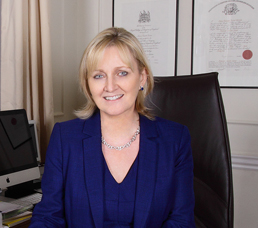Ankylosing spondylitis is a type of arthritis which predominantly affects the spine and it may lead to permanent and severe disabilities, though the long-term result is variable. In this blog post, we provide a general overview of ankylosing spondylitis, focusing on its symptoms, diagnosis and how to manage this condition.
Symptoms of ankylosing spondylitis
This particular form of arthritis inflames the spine resulting in a number of symptoms, the main symptom people often report is intense back pain which includes stiffness. Nearby joints and areas such as the neck and pelvis can similarly face severe pain, especially in the morning.
Long periods of inactivity may also cause a flare-up of ankylosing spondylitis. This condition might also result in you becoming fatigued without warning. The intensity of these symptoms varies significantly – they can improve over time or they can suddenly worsen; sometimes they come and go randomly.
Diagnosing ankylosing spondylitis
No definitive test exists for ankylosing spondylitis, which can make a clear diagnosis difficult. However, the back pain many report with AS is distinctive due to it not improving with rest. Your GP might administer a blood test and check for inflammation; after which they might send you to a rheumatologist.
Your rheumatologist conducts more tests to figure out your symptoms and their cause, such as an X-ray or MRI scan. When carrying out each scan, the rheumatologist looks for inflammation of the sacroiliac joints to make a diagnosis. They might also test for the HLA-B27 gene variant, common in AS sufferers.
How to manage ankylosing spondylitis
Managing ankylosing spondylitis can be difficult when the symptoms are often variable; painkillers and general anti-inflammatory drugs are usually the most common medical treatments. Corticosteroid injections at the site of painful joints could also be helpful – though it can be dangerous if you do this too frequently.
Physiotherapy and exercise is another key pillar of treating this condition, especially as it lets you slow (or even stop) the process of your spine stiffening and fusing. This improves the spine’s mobility and uses exercises that suit your needs; your physiotherapist can show you which programmes are most helpful.
Ankylosing spondylitis is a difficult condition for many, but knowing how to get a diagnosis and manage your symptoms could be the first step towards making it easier. If you are struggling with the symptoms of AS, feel free to contact us or visit our London clinic today.


